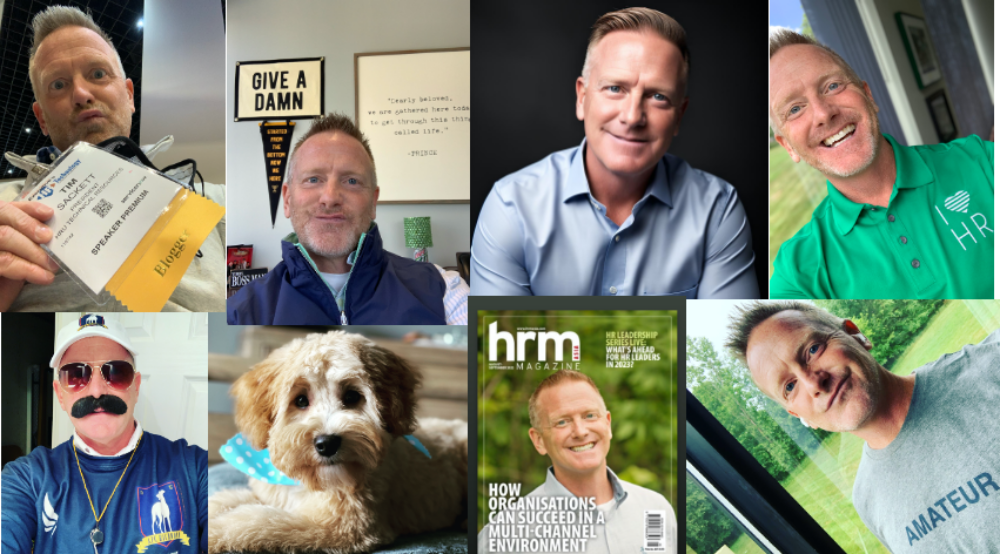I get the feeling that many of your employees feel that HR Pros are Dream Crushers! It’s the main reason almost everyone hates HR, right?
I don’t actually buy into this theory, but there are some valid things we do in HR that don’t help our reputation. Here’s how we crush dreams on a daily basis:
- We don’t allow our employees to develop. Let’s first start with the concept of development vs. training. You giving job training is not development. While it might help the employee get better at the job they have, it’s not exactly personal or professional development. Development is very individualized.
- We don’t listen or act on your employees ideas. I get to go in and work with companies a lot and almost always the employees already know what needs to be done, but leadership isn’t listening to them. So, I’m not really brought in to tell them something they don’t know, I’m brought in to them their employees are smart and you should start listening to them!
- We don’t allow our employees to dream about the future. This is really difficult for most organizations. We won’t promise an employee where they’ll be in 1 or 2 or 3 years, because we believe if we can’t deliver it, it worse than not giving them anything to begin with. Actually, that’s a false premise. Allowing your employees to dream about the future and giving them something to shoot for, will give them hope. Hopeful employees stay around and work hard.
- We micromanage the work, not the result. I don’t care how you get there, just get me there. We have been taught for way too long to ‘manage’ people. This means we tell them how to do the job exactly, instead of letting do the job in a way that works best for them, and holding them accountable to the result, not the path. This not only crushes your employees dreams, it crushes their soul.
I think it would be funny to see someone has that as a title in HR: Dream Crusher, VP of Crushing Dreams, Chief Dream Crusher! Sad, but funny.
What are you doing with your employees today?
